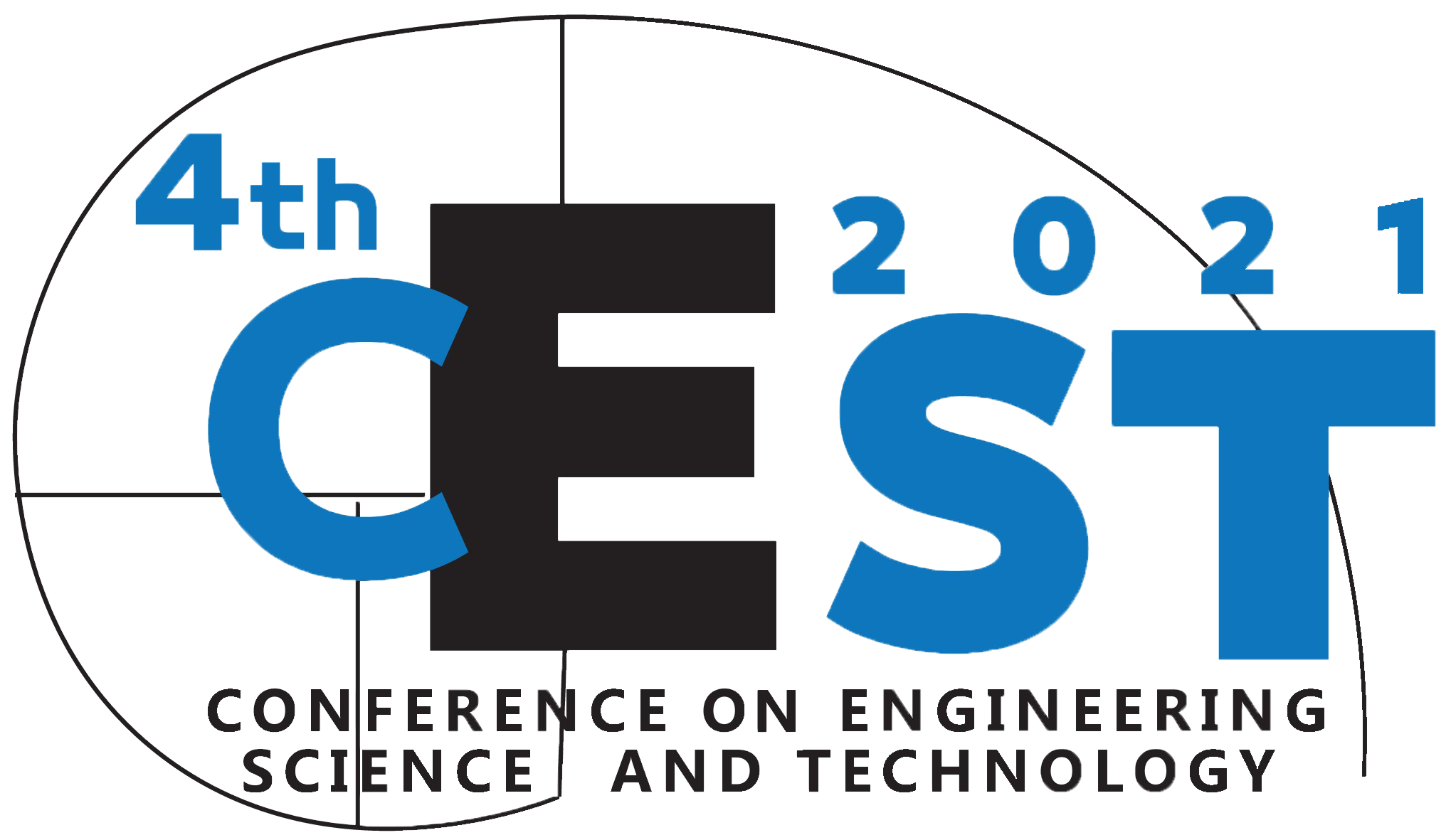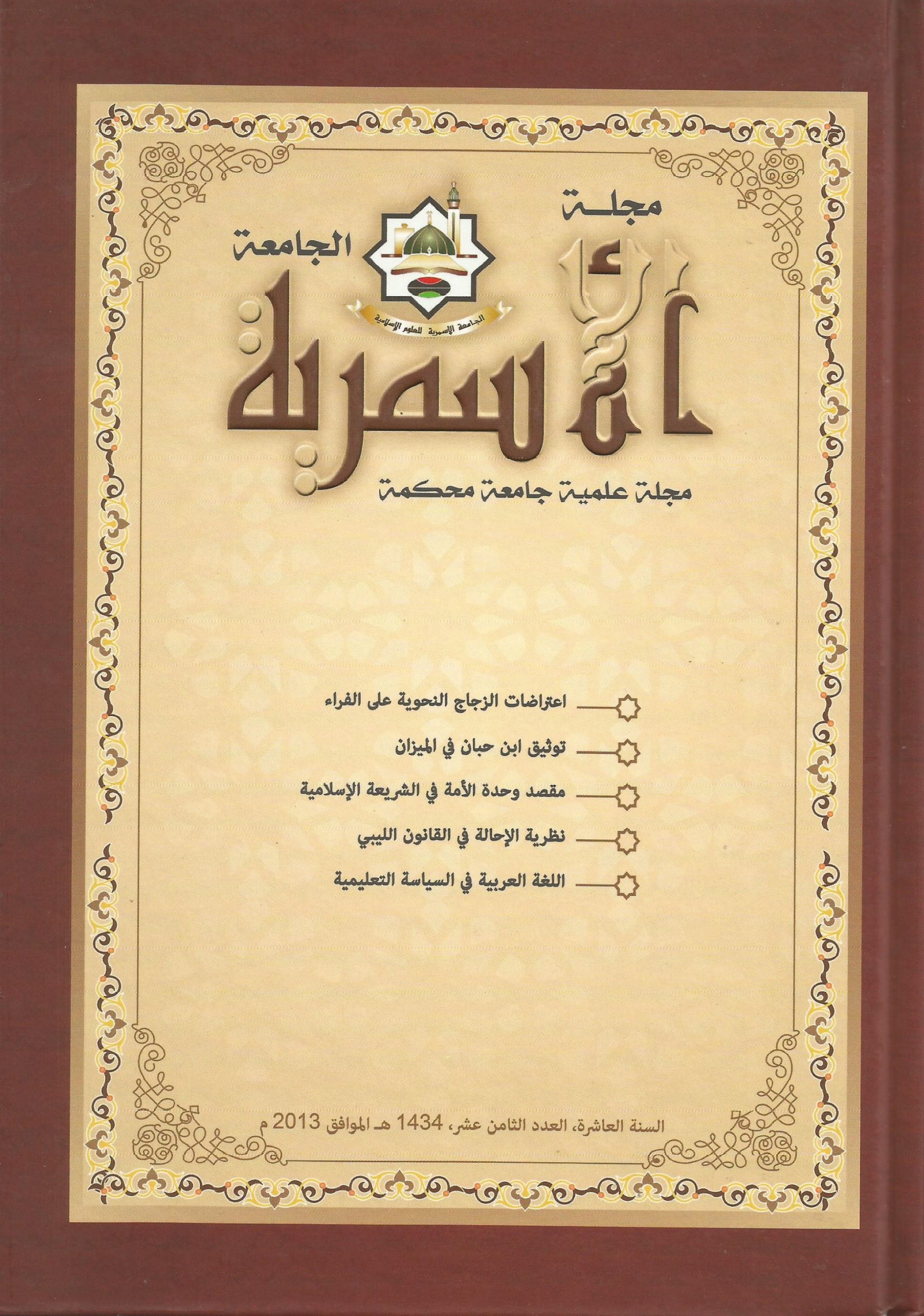تأثير تقنية تشريب النحاس المصهور وبيئة الفرن على الكثافة والبنية المجهرية لمركب التنجستن والنحاس الملبد
الكلمات المفتاحية:
مركبات التنجستن والنحاس،، التلبيد بالطور السائل،، التشريبالملخص
خلال هذه الدراسة، أجريت تجارب لتقييم فعالية بيئة الفرن على تركيب البنية الدقيقة والصلادة لمركب التنجستن والنحاس الملبد. تم تجهيز النحاس المصهور وذلك بوضع صفيحة نحاسية رفيعه بقطر 13-14 مم وسمك 0.2 مم وبدرجة نقاوة عالية تحت مركب التنجستن والنحاس المضغوط. وضعت العينات داخل فرن انبوبي من الألومينا وتم التلبيد عند 1150 درجة مئوية لمدة ساعتين بالفرن تحت بيئات وقائية مختلفة. استخدام كلا من الفحص المجهري الإلكتروني (SEM) وتحليل الأشعة السينية المشتتة للطاقة (EDX)لتقييم وفحص وتوصيف البنية المجهرية والطبقة بين الحدود ومستويات الشوائب للمركب الملبد. أفضل النتائج تم الحصول عليها عند استخدام تشريب النحاس المصهور وغاز الهيدروجين كبيئة واقية حيث ان كثافه المركب الملبد مساويه الى 99.92%من الكثافة النظرية.
التنزيلات
المراجع
German, R. M., Suri, P., and Park, S. J. (2009). Review: liquid phase sintering. Journal of materials science, 44(1), 1-39. DOI: https://doi.org/10.1007/s10853-008-3008-0
Lu, P., German, R. M., and Iacocca, R. (2001). Presintering effects on ground-based and microgravity liquid phase sintering. Metallurgical and Materials Transactions A, 32(8), 2097-2107. DOI: https://doi.org/10.1007/s11661-001-0021-1
H. Ibrahim et al. Enhanced liquid-phase sintering of W–Cu composites by liquid infiltration. International Journal of Refractory Metals and Hard Materials, 43 (2014) 222-226. DOI: https://doi.org/10.1016/j.ijrmhm.2013.12.004
S-H. Hong et al. Synthesis and consolidation of nanostructured W–10–40 wt.% Cu powders. Materials Science and Engineering A, 405 (2005) 325–332. DOI: https://doi.org/10.1016/j.msea.2005.06.015
P. Song et al. Preparation and characterization of Mo-15 Cu superfine powders by a gelatification-reduction process. Journal of Alloys and Compounds, 476 (2009) 226–230. DOI: https://doi.org/10.1016/j.jallcom.2008.09.097
T. Schubert et al. Interfacial design of Cu-based composites prepared by powder metallurgy for heat sink applications. Materials Science and Engineering A, 475 (2008) 39–44. DOI: https://doi.org/10.1016/j.msea.2006.12.146
Y. Guo et al. Fabrication of W–Cu composites by microwave infiltration. Journal of Alloys and Compounds, 492 (2010) L75–L78. DOI: https://doi.org/10.1016/j.jallcom.2009.12.011
K.S. Hwang and H.S. Huang. The liquid phase sintering of molybdenum with Ni and Cu additions. Materials Chemistry and Physics, 67 (2001) 92–100. DOI: https://doi.org/10.1016/S0254-0584(00)00425-9
J. Liu and R.M. German. Rearrangement densification in liquid-phase sintering. Metallurgical and Transactions A, 32A (2001) 3125. DOI: https://doi.org/10.1007/s11661-001-0187-6
K.S Mohammad et al. The effects of Fe additions on the liquid phase sintering of W–bronze composites. Journal of Alloys and Compounds, 482 (2009) 447–454. DOI: https://doi.org/10.1016/j.jallcom.2009.04.061
J.C Kim et al. Densification behavior of mechanically alloyed W-Cu composite powders by the double rearrangement process. Scripta Materialia, 39(6), (1998) 669–676. DOI: https://doi.org/10.1016/S1359-6462(98)00232-2
M. Amirjan et al. Evaluation of microstructure and contiguity of W/Cu composites prepared by coated tungsten powders. Int. Journal of Refractory Metals & Hard Materials, 27 (2009) 729–733. DOI: https://doi.org/10.1016/j.ijrmhm.2008.12.008
Laurent, V., Chatain, D., and Eustathopoulos, N. (1987). Wettability of SiC by aluminium and Al-Si alloys. Journal of materials science, 22(1), 244-250. DOI: https://doi.org/10.1007/BF01160579
J. L. Johnson and R.M. German. Phase equilibria effects on the enhanced liquid phase sintering of tungsten-copper. Metallurgical Transactions A, 24A (1993) 2369. DOI: https://doi.org/10.1007/BF02646516
R.M. German and Z.A. Munire. Enhanced low-temperature sintering of tungsten. Metallurgical Transactions A, Volume 7A, December 1976-1873 DOI: https://doi.org/10.1007/BF02654983
Upadhyaya, A., Upadhyaya, G. S., and Takagi, K.-i. (2011). Powder Metallurgy: Science, Technology and Materials (First ed.): Universities Press (india) Private Limited
R.M. German, Sintering theory and practice. John Wiley and Sons Inc., 1996.
Ozer, O., Missiaen, J.-M., Lay, S., and Mitteau, R. (2007). Processing of tungsten/copper materials from W–CuO powder mixtures. Materials Science and Engineering: A, 460, 525-531. DOI: https://doi.org/10.1016/j.msea.2007.01.089
Li, Y., and Yu, S. (2008). Thermal–mechanical process in producing high dispersed tungsten–copper composite powder. International Journal of Refractory Metals and Hard Materials, 26(6), 540-548. DOI: https://doi.org/10.1016/j.ijrmhm.2008.01.001
Ho, P. W., Li, Q. F., and Fuh, J. Y. H. (2008). Evaluation of W–Cu metal matrix composites produced by powder injection molding and liquid infiltration. Materials Science and Engineering: A, 485(1–2), 657-663. DOI: https://doi.org/10.1016/j.msea.2007.10.048
التنزيلات
منشور
إصدار
القسم
الرخصة
الحقوق الفكرية (c) 2021 حافظ إبراهيم، خالد عبدالله

هذا العمل مرخص بموجب Creative Commons Attribution 4.0 International License.





